Is Margin Still Used When in Floating Profit?
Is margin still used when in floating profit? When you enter the world of trading and investment, you realize that margin and floating profit are some of the simplest and often unclear concepts. Therefore, through this article, you are going to be enlightened on whether you use margin even when you are floating in profit, so you can gain full understanding of your trading strategies.
What is Margin in Trading?
Margin: Basically, this is amount of deposit that you need to open and maintain a trading position. This is a sort of security for the broker to prevent you from losing money beyond your margins. There are margins, namely:
- Initial Margin: This is the amount required for opening trade position. Consider that you want to buy some shares of $10,000, but you are informed that the initial margin requirement is 10%. Subsequently, you need to pay in $1,000 for beginning to purchase those offers.
- Maintenance Margin: During opening a position, you will be asked to maintain at least a minimum amount of equity in your margin account. When your position deteriorates, you are going to add more money just to ensure that you do hold the position.

Margin allows for a doubling of the investment. If there’s a 10% margin, you’ll be in control of $10,000 of assets on just $1,000.
Understanding Floating Profit?
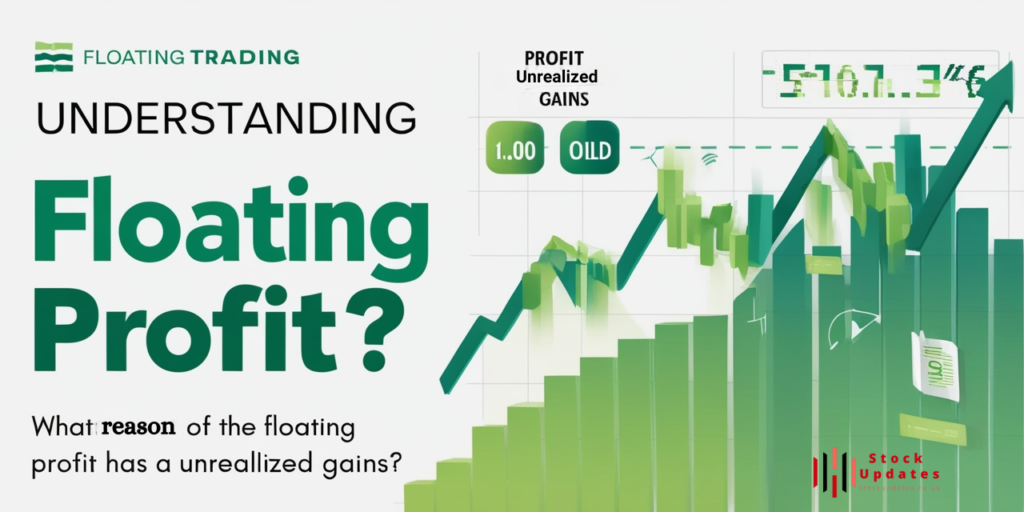
A floating profit is some unbooked gains in a trade which hasn’t been closed. It is a difference between what will be the market price at the end and what you entered the position. It will be confirmed only when the trade closes.
For example, on the off chance that you purchased a stock for $50 and it is currently exchanging at $60, then the drifting benefit per share is $10. This profit is floating, meaning it can float even higher or lower as the market price floats. A floating profit represents the collective performance of the trade without the actual taking of profits until you conclude the position.
Is Margin Still Used When in Floating Profit?
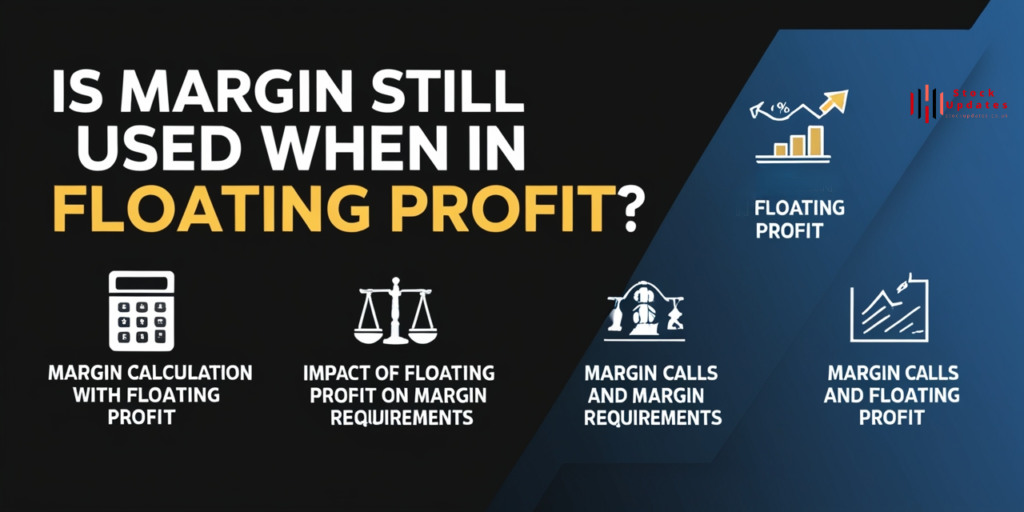
The question is, would there be a change in your margin requirement if you have floating profit? The answer is yes, the margin profit still in effect even if you having floating profit. Here is why:
Margin Calculation with Floating Profit
Even if the trade shows floating profit, the margin depends on the rules of the broker and the total exposure your position has. A floating profit will not directly decrease the needed margin. Instead, it may be taken into consideration in the margin balance and the general risk assessment.
For example, when you are vacant and your floating profit is raised, then your account equity will be increased as well. Such an increase may give you more space to keep the minimum margin level because of the former; however, it does not alter the initial or maintenance margin requirements of your broker.
Impacts of floating profit on Margin Requirements
Floating profit raises your equity in the account. And floating profit doesn’t eliminate margin requirements. It can rapidly turn your floating profit into a floating loss and leave you quite unprepared in case of a major position slump. Thus, it’s always essential to have enough margin in place to avoid margin calls or even forced liquidation.
Margin Calculation Example
Let’s assume you had bought 100 shares of a stock at $50 apiece, with a 10% initial margin requirement. The price increased to $60, so the stock now has a floating profit of $1,000. However, you are obliged to continue with the initial and maintenance margin requirements of the broker.
To give you a more clear image of how edge necessities and drifting benefit could shift across various kinds of exchanging instruments, allude to the table underneath:
Margin Requirements and Leverage Across Different Markets
| Aspect | Stocks | Forex | Futures | Cryptocurrencies |
| Average Edge Requirement | 50% (Differs by agent and stock) | 1-2% (Influence up to 100:1) | 5-10% (Changes by contract) | 10-20% (Exceptionally unpredictable) |
| Edge Call Trigger | Equity dips under upkeep margin | Equity falls beneath required level | Equity falls underneath support margin | Equity dips under upkeep edge |
| Drifting Benefit Impact | Increases account value, no change to margin | Increases account value, no change to margin | Increases account value, no change to margin | Increases account value, no change to edge |
| Model Edge Calculation | $10,000 stock: $5,000 starting margin | $100,000 position: $2,000 beginning edge (2% margin) | $50,000 fates contract: $5,000 introductory margin | $10,000 crypto: $1,000 introductory edge |
| Normal Edge Call Action | Deposit assets or close positions | Deposit assets or close positions | Deposit assets or close positions | Deposit assets or close positions |
| Influence Available | 2:1 to 4:1 | Up to 100:1 | 10:1 to 20:1 | 2:1 to 10:1 |
| Drifting Benefit Role | Cushions against edge calls, no edge change | Cushions against edge calls, no edge change | Cushions against edge calls, no edge change | Cushions against edge calls, no edge change |
Margin Calls and Floating Profit
This results in a margin call when the equity in your account falls below the required maintenance margin. That said, even with floating profit is good. If the market takes a turn against your position and erodes your account equity, you might receive a margin call.
This’s how floating profit plays a role:
- Floating Profit Margin Call: If your floating profit increases. It means increasing your account equity and hence the reduction in possibilities of a margin call. That is not a promise though that you will not receive a margin call in case the market reverses and your equity falls.
- What to do on a Margin Call: If you are faced with margin call, then you may need to deposit some more funds into your account, or you close a portion of the open situations to cut down the edge necessity. Floating profit may provide more flexibility to work on the margin call; however, it does not absolve the necessity to act.
Practical Implications for Traders and Investors
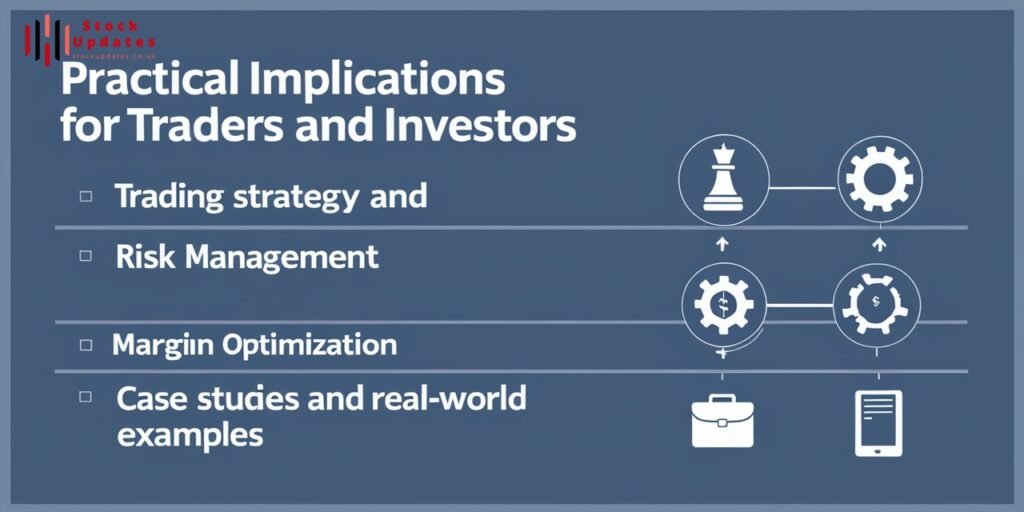
Understanding how margin and floating profit play together can change everything about how you trade. Let’s see why that matters:
- Trading Strategy and Risk Management: The margin requirement still applies even if you have a floating profit. This means you’re able to plan since you may make risk management by merely depending on your floating profit during decisions whether to close or hold certain positions.
- Margin Optimization: Floating profit can help increase margin capacity, thus giving you the ability to open new positions or maintain positions already existing. In such a scenario, it is wise to keep track of market volatility and be prepared with a plan to handle possible losses.
- Case Studies and Real-World Examples:
- Example 1: A trader has a $5,000 position in a stock that will most likely fluctuate in price. Here the floating profit on the position may stand at $1,000. Although floating profit increases the overall equity. The position holder must still adhere to the margin requirements in place in the broker’s rules and regulations.
- Example 2: An investor with multiple positions and significant floating profit can make use of the floating profit in order to enhance additional positions, though it should be tracked the margin needs not to have extreme margin calls.
Tips on Management of Margins and Floating Profit
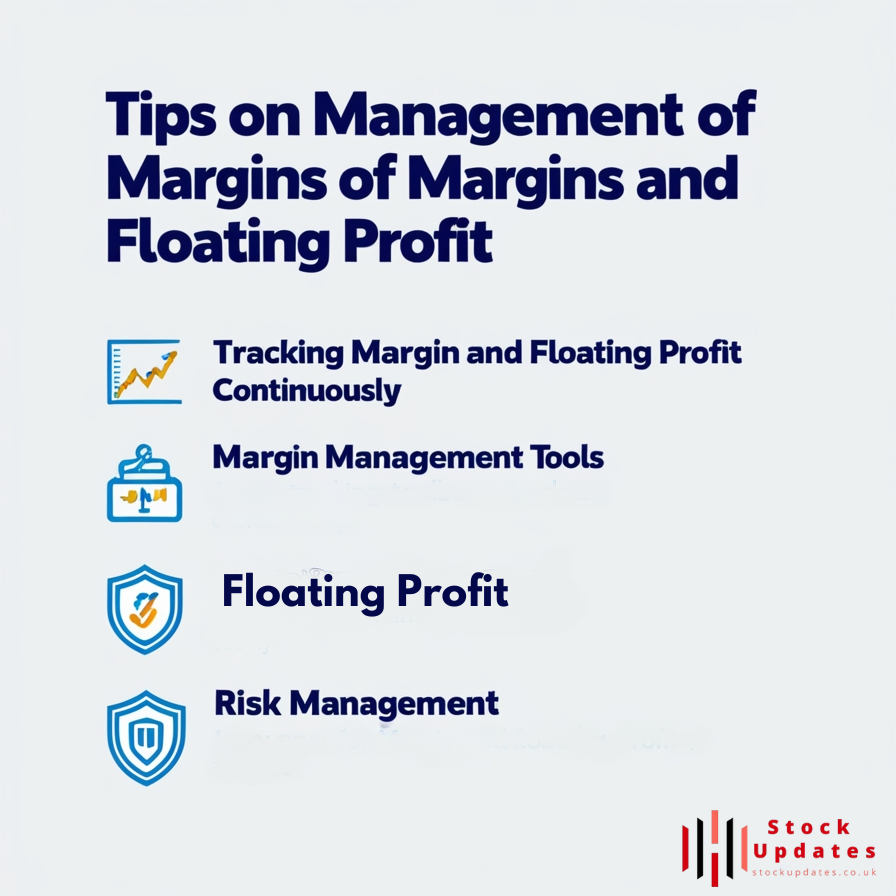
- Tracking Margin and Floating Profit Continuously: Use trading platforms offering a feed of current margin requirements and floating profit levels. Continuous tracking enables you to stay on top of your position and make appropriate decisions in time.
- Margin Management Tools: Most trading systems will provide appropriate management tools for margin. Use these to monitor and enhance your overall margin usage.
- Risk Management: Place stop-loss orders and other strategies of risk management in place. So that you can minimize your loss maximally even with floating profit.
Conclusion
In all, margin requirements are valid regardless of having a floating profit. Floating profit improves your account equity and gives you greater flexibility as a trader. However, the margin requirements do not change. Understanding how the floating profit works will benefit you in your trading also enable you to trade better. It also help to avoid some problems such as margin calls.
This way, while tracking margin requirements as well as floating profit. You will be able to manage your trading decisions much better and secure your investments.
Frequently Asked Questions (FAQs)
Does floating profit decrease my margin requirement?
No, floating profit does not decrease the margin requirement. Instead, it boosts the account equity without changing the margin rules of the broker in any way.
What happens if I receive a margin call while floating profit?
Deposit more amount or close open positions to meet up with your margin requirement. A floating profit may enhance the equity of your accounts. But, it does not avoid a margin call if your equity falls below the desired level.
How can I effectively manage my margin?
Continuously track your floating profits and margins. Use margin management tools, and make sure you have the appropriate risk management strategies in place. So that you can maximize your usage of the margin.
Read More and Recommended Resources
Read more about Trade at Stock Updates.






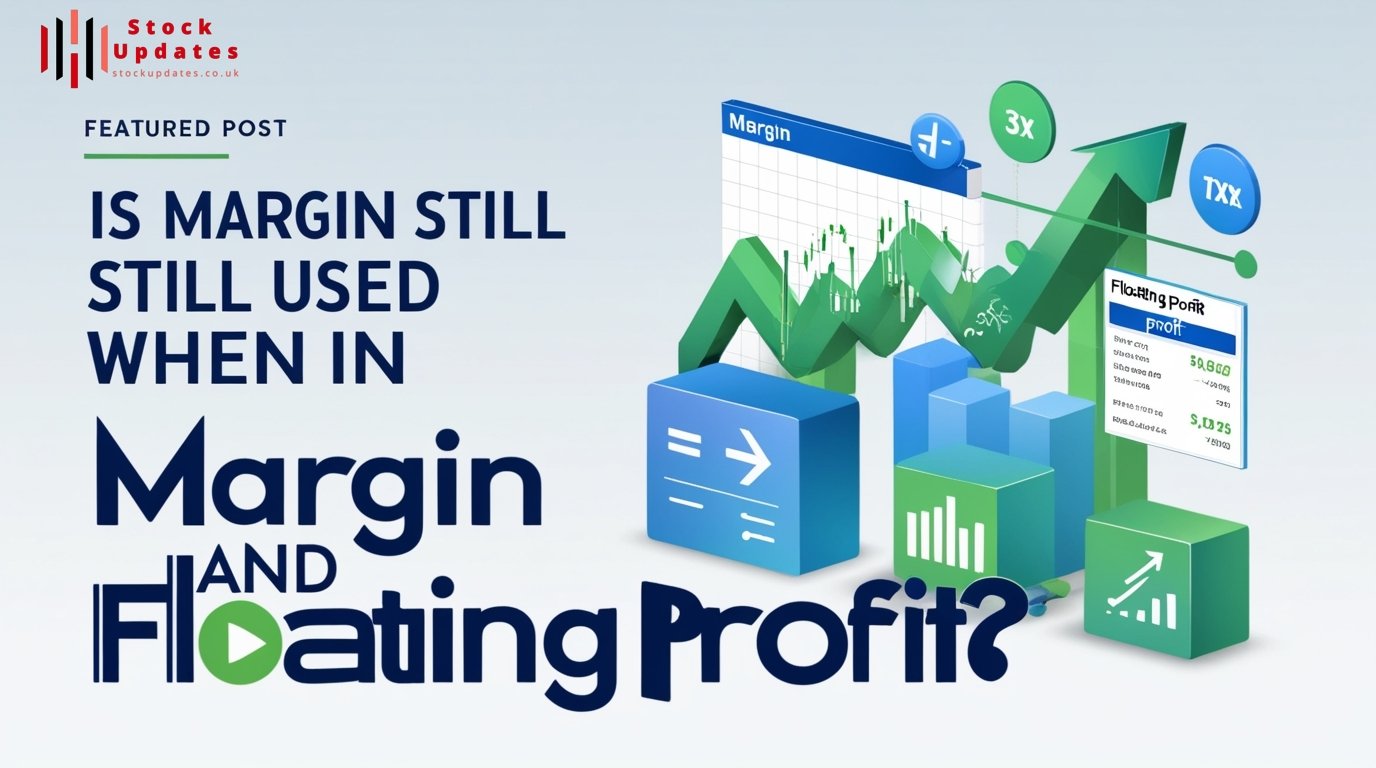

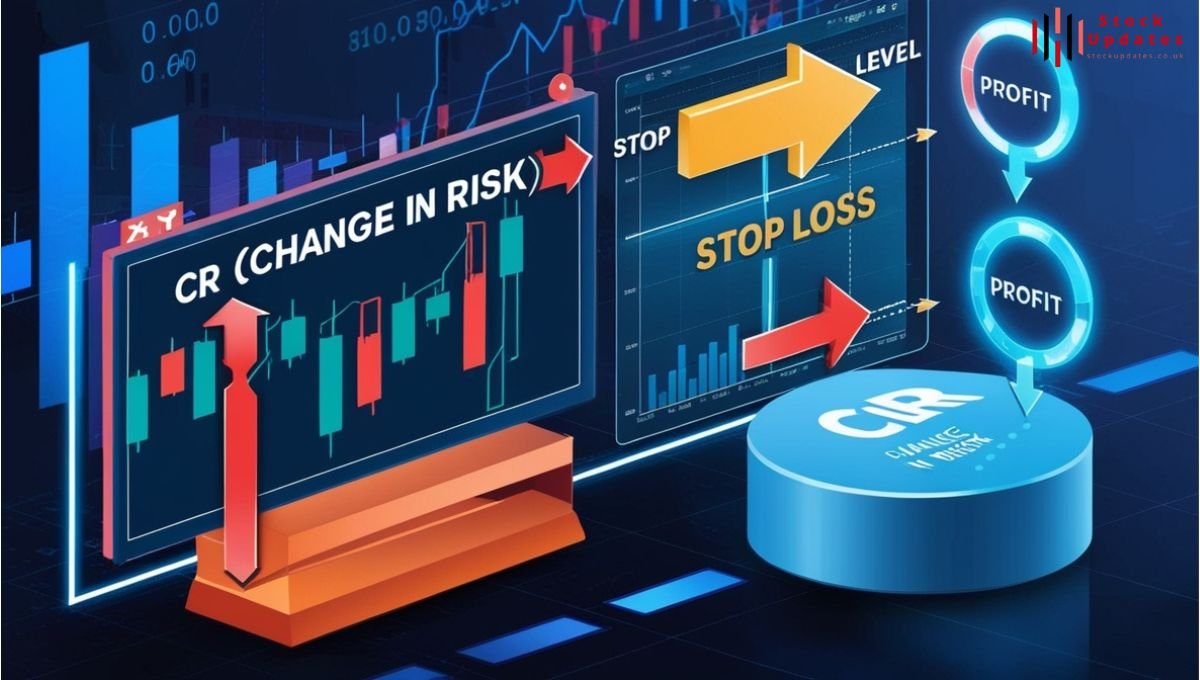















Post Comment